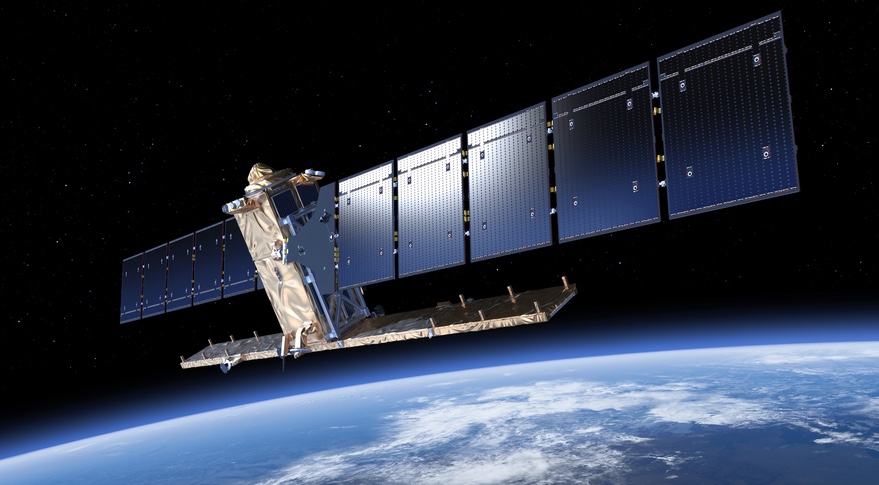WASHINGTON — European Space Agency officials said prospects are dimming for the recovery of a radar imaging satellite that malfunctioned nearly three months ago, but that efforts to save the spacecraft continue.
The Sentinel-1B spacecraft malfunctioned in December, keeping the spacecraft from collecting C-band synthetic aperture radar (SAR) imagery. ESA said in January that they were investigating a problem with the power system for the SAR payload on the satellite, launched in April 2016.
In a Feb. 25 update, ESA said work was continuing to investigate problems with both the main and backup power system for the payload but that effort had yet to identify a root cause of the anomaly. The problem doesn’t affect operations of the spacecraft itself, which has remained under control.
ESA leaders were not optimistic about the prospects of recovering Sentinel-1B. “The situation doesn’t look very good, but we have not given up hope yet,” Josef Aschbacher, director general of ESA, said in response to a question about the status of the satellite. “We are still looking into technical options of what the root cause could be.”
Simonetta Cheli, director of Earth observation at ESA, said engineers have reviewed 18 potential causes for the power failure. “We are not yet at the end of the story,” she said, saying that investigations will continue for at least the next few weeks.
But, like Aschbacher, she appeared pessimistic that Sentinel-1B could be recovered. “It doesn’t look very good, but for the moment it’s not the final word on 1B.”
In January, ESA floated the possibility of moving up the launch of a new SAR satellite, Sentinel-1C, to compensate for the potential loss of Sentinel-1B. The mission currently is scheduled for launch in the middle of 2023 although the spacecraft would be ready for launch after a flight acceptance review scheduled for October.
Cheli confirmed that Sentinel-1C would be ready for launch in October but said that ESA had not yet decided if the launch could be moved up. “We are assessing, in the current situation, options with Arianespace for launch. We are looking at the earliest options because we want to support the users.”
A problem for any effort to move up the Sentinel-1C launch is the Russian decision to halt Soyuz launches from French Guiana, requiring five European missions that planned to fly on that rocket there to look for alternative vehicles. That would include the Vega C, the rocket currently planned to launch Sentinel-1C. The Vega C also faces concerns about access to a Ukrainian-built engine for its upper stage, leading ESA to examine options to replace it with an alternative that could affect future launches.
